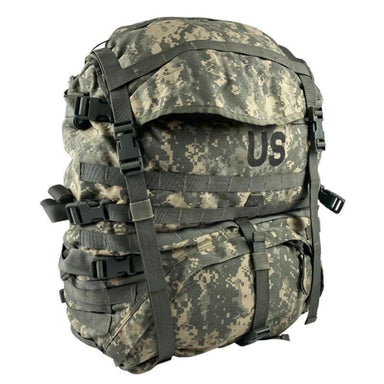
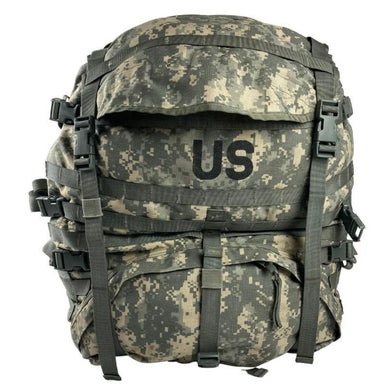
USGI | MOLLE 2 Rucksack | Main Pack
Ample Storage Capacity: The MOLLE II Large Ruck Sack offers generous storage space, allowing you to carry all the gear and supplies you need for e...
View full details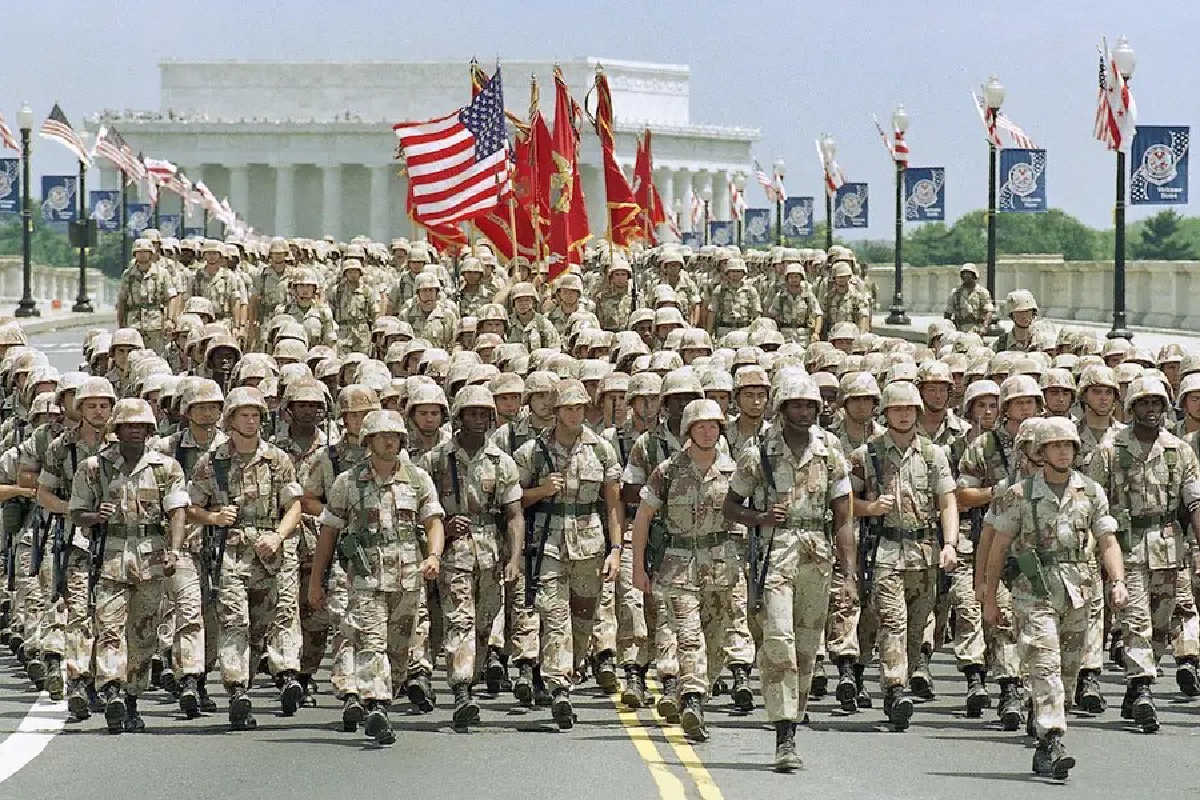
The military history of the United States is extensive and influential, shaping global events and strategies across different eras. Here's an overview highlighting key aspects of U.S. military history:
Colonial Militias: Before independence, American colonies maintained local militias for defense against Native American tribes and European rivals.
American Revolution (1775-1783): The Continental Army, led by General George Washington, fought against British forces to secure independence. The war ended with the Treaty of Paris in 1783, establishing the United States as a sovereign nation.
War of 1812: The U.S. faced British naval blockades and land invasions during the War of 1812, which ended with the Treaty of Ghent and affirmed U.S. independence.
Westward Expansion: Military forces protected settlers moving westward, engaging in conflicts with Native American tribes and expanding U.S. territory.
Union vs. Confederacy (1861-1865): The Civil War was fought over issues of states' rights and slavery. The Union Army's victory preserved the Union and led to the abolition of slavery through the 13th Amendment.
Spanish-American War (1898): The U.S. defeated Spain, gaining territories such as Puerto Rico and the Philippines.
World War I (1917-1918): The U.S. entered the war on the side of the Allies, contributing to victory and emerging as a global power.
Pearl Harbor and Global Conflict (1941-1945): The attack on Pearl Harbor prompted U.S. entry into World War II. American forces played a crucial role in defeating the Axis Powers in Europe and the Pacific.
Cold War and Superpower Status:
Korean War (1950-1953): The U.S. intervened to support South Korea against North Korean and Chinese forces.
Vietnam War (1955-1975): The U.S. military was involved in a prolonged conflict in Vietnam, with significant social and political impacts at home.
Gulf Wars and War on Terror: The U.S. led coalitions in the Gulf War (1990-1991) to liberate Kuwait and in the War on Terror following the September 11 attacks, with operations in Afghanistan and Iraq.
Global Presence: U.S. military forces are deployed worldwide, supporting international alliances, peacekeeping missions, and humanitarian efforts.
Structure and Capabilities: The U.S. Armed Forces consist of the Army, Navy, Marine Corps, Air Force, and Coast Guard, with advanced technology and capabilities for global operations.
Alliances and Partnerships: The U.S. maintains alliances like NATO and strategic partnerships to promote global security and defense cooperation.
The military history of the United States reflects its evolution from colonial militias to a global superpower, with a commitment to defending national interests, promoting democracy, and supporting international stability.

 Save Liquid error (snippets/product-badge line 32): Computation results in '-Infinity'%
Save Liquid error (snippets/product-badge line 32): Computation results in '-Infinity'%
Ample Storage Capacity: The MOLLE II Large Ruck Sack offers generous storage space, allowing you to carry all the gear and supplies you need for e...
View full details
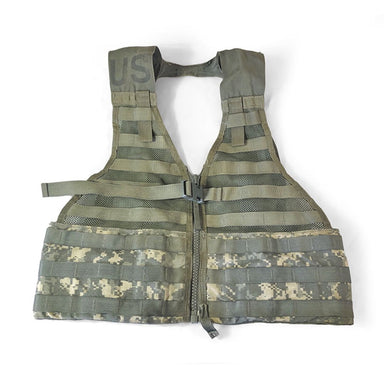 Save Liquid error (snippets/product-badge line 32): Computation results in '-Infinity'%
Save Liquid error (snippets/product-badge line 32): Computation results in '-Infinity'%
Versatility: ACU load-bearing vests are designed to be versatile and customizable, allowing you to adjust the configuration based on your specific ...
View full details
 Save Liquid error (snippets/product-badge line 32): Computation results in '-Infinity'%
Save Liquid error (snippets/product-badge line 32): Computation results in '-Infinity'%
Gear up like a pro with the CWU 27/P Nomex® Flight Suit, a premier piece of military surplus that combines rugged durability, all-weather performan...
View full details
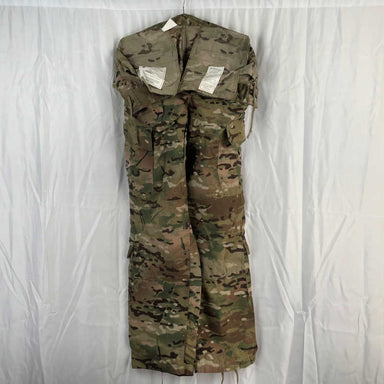 Sold out
Sold out
Check out these NOS OCP Combat Pants with Insect Shield! These OCP Combat Pants are New Old Stock! Issued in 2011 to a US Special Operation Squadro...
View full details
 Sold out
Sold out
The U.S. Army Field Telephones EE-8B is a portable field telephone designed for use on either local or common battery telephone systems. The talkin...
View full details
 Save Liquid error (snippets/product-badge line 32): Computation results in '-Infinity'%
Save Liquid error (snippets/product-badge line 32): Computation results in '-Infinity'%
What's so cool about an Advanced Combat Shirt? Enhanced Comfort: Breathability: Advanced combat shirts often use lightweight, moisture-wicking f...
View full details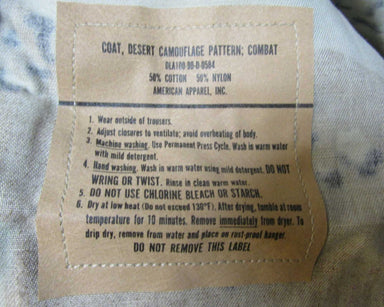
 Save Liquid error (snippets/product-badge line 32): Computation results in '-Infinity'%
Save Liquid error (snippets/product-badge line 32): Computation results in '-Infinity'%
NEW OLD STOCK (NOS) CHOCOLATE CHIP 6 COLOR DESERT CAMO BDU JACKET USA MADE MATERIAL The 6-color desert camouflage pattern, also known as "chocolate...
View full details
 Save Liquid error (snippets/product-badge line 32): Computation results in '-Infinity'%
Save Liquid error (snippets/product-badge line 32): Computation results in '-Infinity'%
Disposable Handcuffs – Heavy-Duty Nylon Restraints for Emergency Use & EDC Be prepared for the unexpected with Disposable Handcuffs, a lightwei...
View full details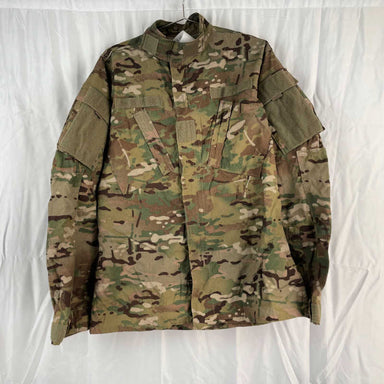 Sale
Sale
Elevate your operational readiness and comfort with our OCP Combat Top. Engineered for performance and designed with attention to detail, this top ...
View full details
